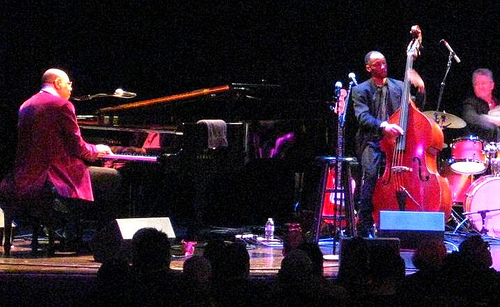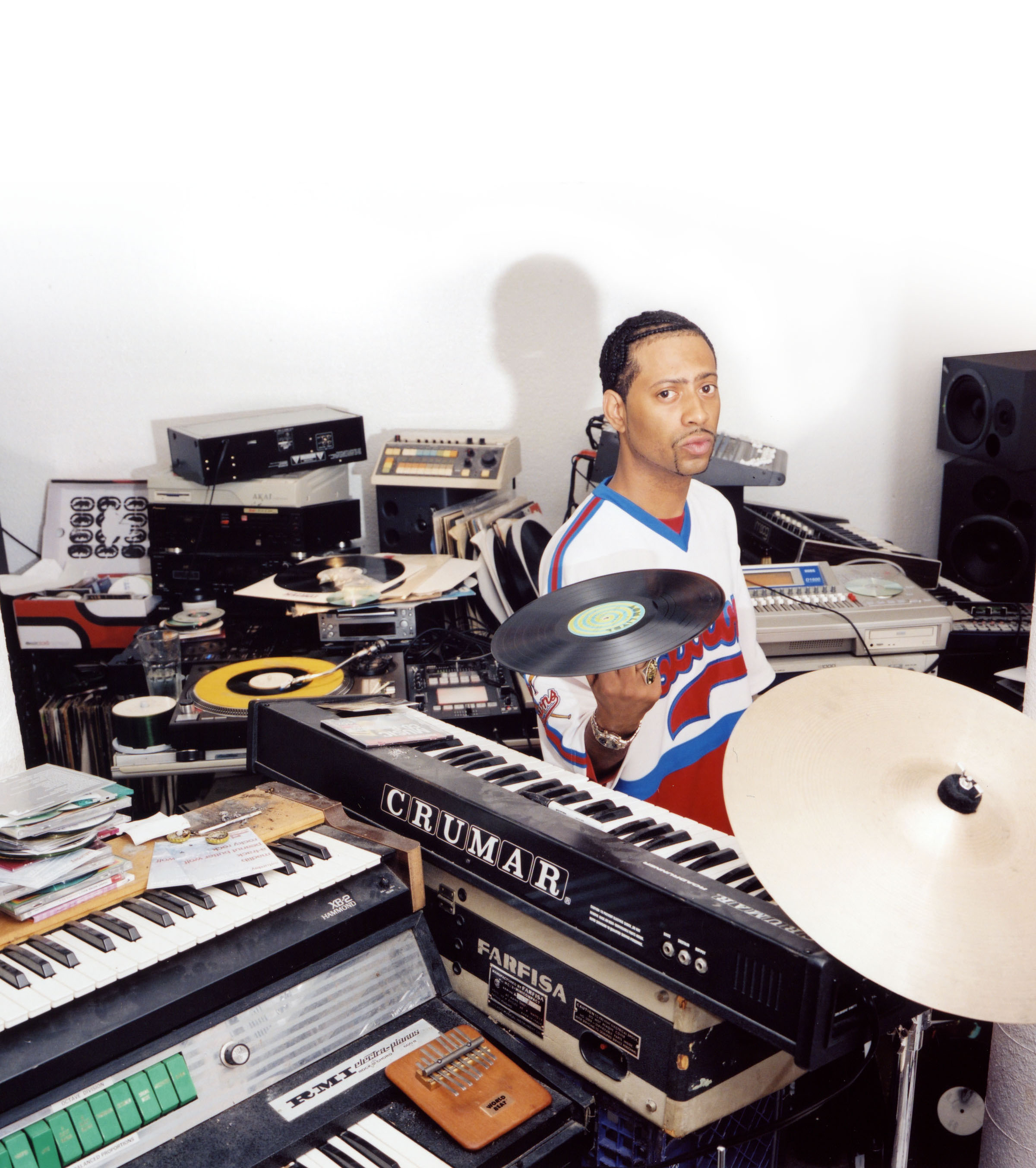When I first heard that the inaugural I Love This City festival was moved from AT&T Park to Mountain View’s Shoreline Amphitheater, I thought fate (or Live Nation) was twisting my arm.
The last time I visited Shoreline was a decade ago, when Moby headlined a nationwide tour and invited top electronic DJs to spin. One of the side stage’s top acts was a Dutch mixer taking Europe by storm: Tiësto. It was the first electronic music show I ever attended.
More than 10 years later at I Love This City, Tiësto was one of the main stage headliners and I’m pushing the age when attending an event that allows high school sophomores is questionable at best. But I was actually eager to attend ILTC. For one thing, the event promised, at the very least, a lineup chock full of well-known talent, ranging from Steve Aoki to DFA co-founder James Murphy to Man-of-the-Moment David Guetta, voted number one in DJ Magazine’s annual Top 100 List in 2011.
In full disclosure, my sentimental side was pulling for success for this inaugural event, just to soak in my trance-filled Tiësto nostalgia. Venue change and all, Live Nation did a pretty good job of holding things together. Here’s a rundown:
The Good
David Guetta: The man knows how to work a crowd, and he had to. He had to follow Tiësto, an unenviable task given the Dutch DJ’s enduring popularity. But Guetta won over listeners with his infectious grin and antics, which included dancing on the DJ equipment table and gesturing to the crowd like a conductor guides a symphony.
Crystal Method: On the Bass Stage, Los Angeles duo Scott Kirkland and Ken Jordan threw down a storming set of big beats that was only derailed by technical glitches at the very end. Kirkland was jamming buttons and strumming strings on an original and fascinating contraption, a CD turntable and a mini-keyborard fused to two guitar necks.
The Visuals: Whoever handled visuals for the main stage DJs did a tremendous job. In fact, the graphics were so stunning, I couldn’t help but wonder if the headliners had their playlists prepared in order to sync up with the montages. Regardless, the production crews should be lauded for tasteful use of confetti, fog, and lighting to lend some extra oomph to the shows. The side stages also had elaborate lighting and visual setups.
The Swaps: Transitions between sets were grab-a-beer-go-to-the-bathroom short. The production teams were well-oiled machines, setting up gear and visuals.
Shoreline was a success: The amphitheater ended up being a fantastic scene for the headliners. The effect gave a truly condensed focus on the DJ, something that might have been lacking at AT&T Park. The folks on the grass had a view and still has reams of bass blasting from the speakers. And the seats gave a much needed reprieve from concert goers, who wanted to take in music and crowd.
Food Trucks: An extremely welcome addition, though they were placed between the side stages, out of the way of the concession stands flanking the amphitheater. Thankfully, the food trucks didn’t seem too inclined to mark up the prices of their own offerings, and I very much would rather have an $8 Curry Up Now burrito over a $6 meat tube in a bun. But that’s just me.
The Bad
Where was the afterparty? The one big drawback with relocating ILTC to Shoreline was the surrounding neighborhood. Once Guetta finished his set and cooed to the restless crowd that he could not play any more music, Mountain View became Bay Area electronic music limbo just before midnight, caught between San Francisco and San Jose. If only nearby Google headquarters had been open, surely the search engine conglomerate could have thrown a kick-ass shindig.
Three stages: There was an impressive collection of talent to be had at ILTF. The Bass Stage made a lot of sense, a refuge where concert-goers could get their fill of low-end frequencies and throbbing drums. But some very good electronic artists got kind of lost in the fray at the Park Stage, which seemed like it was the everything-but-trance-and-dubstep venue. James Murphy, Holy Fuck, Apparat, and Cut Chemist all got shoehorned into an area that struggled to draw a significant following simply because of the size of the other two stages. A main stage and a strong alternate stage likely would have been sufficient.
The nickle-and-dime: $15 to park. $10 for a beer. $4.50 for bottled water. This after $60 for one-day tickets or $100 for two-days. And that’s without any, shall we say, “extracurricular activities.” Today’s electronic festival-goer seems like they have to be more part of the 1% than the 99%.
Gotye‘s ubiquity: No fewer than three main stage headliners threw in a redo of “Somebody That I Used to Know” and the crowd went absolutely crazy, shouting “You didn’t have to stoop so low” every time. C’mon DJs! You didn’t have to milk the crowd so much.
Headliners referring to the crowd as “San Francisco”. I know Tiesto, Afrojack, and David Guetta are all from Europe, but it was kind of awkward when pretty much everyone kept saying “San Francisco!” when the city was a 40-minute drive away. Then again, if the 49ers move to Santa Clara, I guess anything in between can fall under the San Francisco title.


